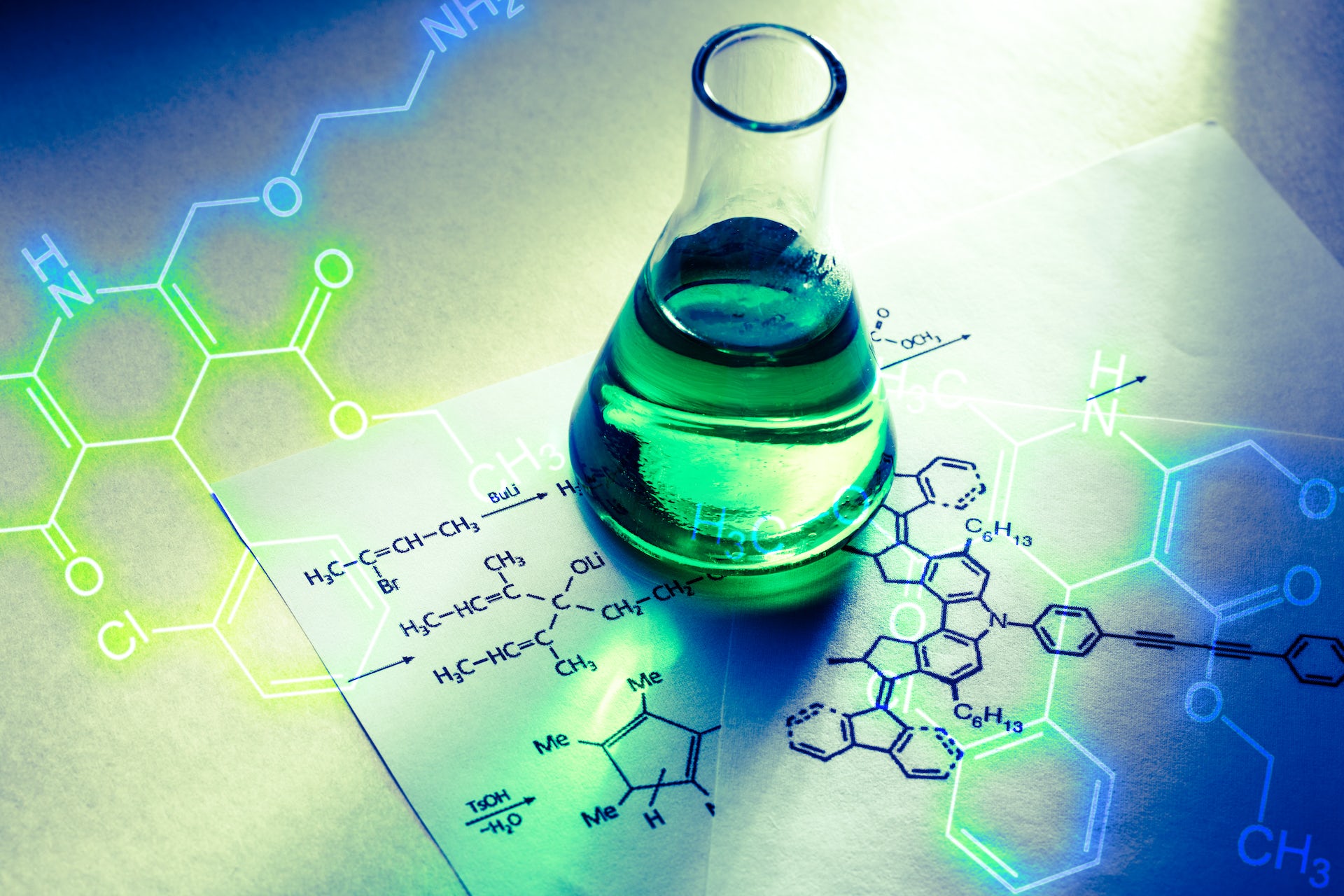Waste water treatment plays a crucial role in maintaining environmental sustainability and public health. Behind the scenes, a range of chemicals work tirelessly to remove pollutants and ensure the water is safe for reuse or release back into the environment. In this blog post, we will delve into the world of waste water treatment and explore the chemicals that drive this essential process.
- Coagulants:
Coagulants are chemicals used to destabilize and aggregate suspended particles in waste water. Commonly employed coagulants include aluminum sulfate (alum) and ferric chloride. These chemicals neutralize the negative charges on particles, allowing them to clump together and settle, facilitating their removal during the treatment process. - Flocculants:
Flocculants are polymers that aid in the formation of larger particles, known as flocs, by binding smaller particles together. Polyacrylamide is a widely used flocculant due to its high efficiency in aggregating particles. By enhancing the size and weight of the flocs, flocculants improve the settling and filtration processes, leading to cleaner water. - Activated Carbon:
Activated carbon, derived from various sources such as coal or coconut shells, is a powerful adsorbent used in waste water treatment. Its porous structure provides a large surface area for the adsorption of organic compounds, heavy metals, and other pollutants. Activated carbon effectively removes contaminants that may resist other treatment methods, ensuring the water meets stringent quality standards. - Disinfectants:
To eliminate harmful microorganisms, disinfectants are employed in the final stages of waste water treatment. Chlorine-based compounds, such as sodium hypochlorite and chlorine dioxide, are commonly used due to their broad-spectrum antimicrobial properties. These disinfectants effectively neutralize bacteria, viruses, and parasites, ensuring the water is safe for reuse or discharge. - pH Adjusters:
Maintaining the optimal pH range is crucial for waste water treatment processes. pH adjusters, such as lime (calcium hydroxide) and sulfuric acid, are used to regulate the acidity or alkalinity of the water. By adjusting the pH, these chemicals optimize the performance of coagulants, flocculants, and disinfectants, ensuring their efficacy in removing pollutants.
Conclusion:
The treatment of waste water involves a careful selection and application of various chemicals to achieve effective purification. Coagulants, flocculants, activated carbon, disinfectants, and pH adjusters are just a few examples of the chemicals employed in this complex process. By understanding the role of these chemicals, we can appreciate the intricate mechanisms behind waste water treatment and the importance of maintaining clean water sources for a sustainable future.

